Sanford Biggers
Mandala Series | 2000 – ongoing
For this FSA Inspiration, we highlight Sanford Biggers (b. 1970), a multimedia artist, specifically in his series of work exploring the mandala’s symbolism in various forms.
Interviewed by Sculpture Magazine, Biggers explains: “My three years in Japan (1992–95) were a serious spiritual awakening—something that spoke directly and profoundly to me. I grew up in Los Angeles going to a Methodist church, so religion and spirituality weren’t new for me, but the immersion in a Buddhist culture was a paradigm shift. When I returned to the U.S., I was working with mandala forms partly because of my interest in Buddhism (I practiced with Buddhist monks when I was living in Japan), but I was also looking at the circle and all that it means—its physical and bodily references in many different cultures. Some monks perform a ritualistic dance in which the circles they create with their bodies end up being a mandala. I grew up break-dancing, which is also a circle-based body gesture.”
This influence brought on the inspiration for Biggers’ most notable mandala work, “Mandala of the B-Bodhisattva II” (2000). The installation is a linoleum break-dance floor decorated in a mandala pattern with colors from the Rasta flag. Rastafarian culture, a religious movement among Black Jamaicans that teaches the eventual redemption of Black people and their return to Africa, has been a deeply rooted interest and fascination for Biggers from his youth.
Selected Images

Sanford Biggers, "Mandala of the B-Bodhisattva II," 2000. Film. Colored linoleum floor, break dancers.

Sanford Biggers, "Everyday a Sunset Dies," 2014. Fabric collage, treated acrylic, metallic acrylic and glitter on re-purposed quilt.

